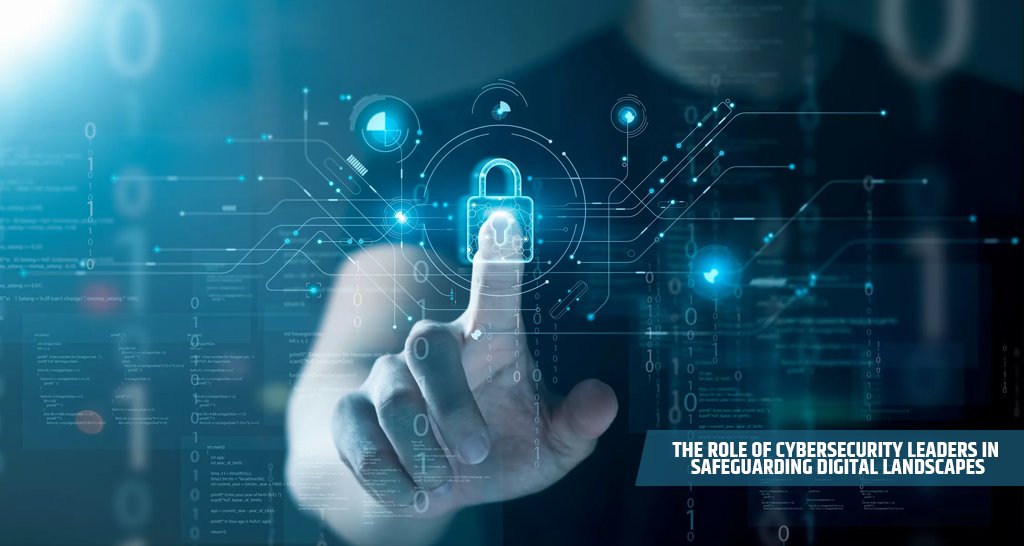Understanding the Cybersecurity Landscape
The cybersecurity landscape is an ever-evolving realm marked by a multitude of threats and challenges that organizations encounter regularly. As technology continues to advance, so too do the tactics employed by cybercriminals. Recent statistics underline the severity of this issue, revealing that cyber incidents are on the rise across various industries. According to a report from Cybersecurity Ventures, global cybercrime costs are expected to reach $10.5 trillion annually by 2025, emphasizing the pressing need for effective prevention strategies.
Among the most prevalent types of attacks are phishing, ransomware, and malware intrusions. Phishing techniques, which manipulate individuals into revealing personal information, are increasingly sophisticated, posing significant risk to both businesses and individuals. Ransomware attacks, which involve holding data hostage for ransom, have surged alarmingly, disrupting operations and incurring substantial recovery costs. Additionally, the emergence of sophisticated malware strains further complicates the landscape, as they can exploit vulnerabilities in systems without detection.
Given these developments, the importance of integrating robust cybersecurity measures into corporate strategy cannot be overstated. Organizations that recognize the critical role of cybersecurity are better equipped to mitigate risks and protect their assets. An effective cybersecurity framework not only safeguards sensitive information but also enhances organizational resilience, ensuring the ability to respond to and recover from potential breaches.
As such, cybersecurity leadership plays a pivotal role in navigating these challenges. Leaders in this field are responsible for devising comprehensive strategies, fostering a culture of security awareness, and ensuring that teams are equipped with the necessary skills and tools to combat emerging threats. The current cyber landscape underscores the need for diligent and proactive measures, marking cybersecurity leadership as an indispensable element in safeguarding digital environments.
Key Responsibilities of Cybersecurity Leaders
Cybersecurity leaders play a pivotal role in protecting organizational assets and sensitive information in an increasingly digital environment. One of their primary responsibilities involves establishing comprehensive security protocols that guide employees in best practices for data protection. This foundational aspect of cybersecurity ensures that all team members are aware of the standards required to mitigate security threats effectively. By implementing these protocols, leaders can significantly reduce the risk of data breaches and enhance the overall security framework of the organization.
Conducting regular risk assessments is another crucial responsibility. Cybersecurity leaders must evaluate potential vulnerabilities within their systems and develop strategies to address them proactively. This involves not only identifying existing threats but also anticipating future risks that may arise from evolving technological landscapes. The insights gained from these assessments inform the formulation of security policies and help prioritize resources toward high-risk areas.
Compliance with established regulations is also a significant aspect of a cybersecurity leader’s role. Organizations must adhere to various laws and standards related to data protection. Cybersecurity leaders ensure that their teams are knowledgeable and compliant, minimizing the potential for legal penalties and protecting the organization’s reputation. Staying informed about changes in regulations is vital to maintaining compliance and safeguarding sensitive data.
Moreover, preparedness for potential security incidents is paramount. Cybersecurity leaders are responsible for developing incident response plans, which detail the procedures to follow when a security breach occurs. These plans not only outline immediate actions to mitigate damage but also provide guidelines for communication with stakeholders, ensuring transparency during crises.
Lastly, fostering a culture of security awareness among employees is essential. Cybersecurity leaders must engage in continuous education and training initiatives, highlighting the importance of security in daily operations. By empowering employees to recognize and report potential threats, organizations can create a more resilient and vigilant workforce, significantly enhancing their cybersecurity posture.
Essential Skills and Qualities of Effective Cybersecurity Leaders
In the ever-evolving landscape of digital security, the role of cybersecurity leaders has become increasingly pivotal. These professionals must possess a blend of technical expertise and interpersonal competencies to navigate complex security challenges effectively. One of the primary technical skills required is a deep understanding of various cybersecurity frameworks, such as NIST, ISO, and CIS, as well as familiarity with tools that enable the detection and mitigation of threats. Knowledge of compliance regulations like GDPR and HIPAA is also essential, ensuring that organizations align with legal requirements while implementing security measures.
Equally important are the soft skills that a cybersecurity leader must cultivate. Effective communication stands at the forefront, enabling leaders to articulate security strategies to non-technical stakeholders, including executives and other department heads. By employing clear and concise language, they can foster a collaborative atmosphere that prioritizes security within the organization’s culture. Furthermore, strategic thinking plays a critical role in anticipating potential threats and developing proactive measures. This forward-thinking approach not only aids in risk management but also assists in resource allocation, ensuring that teams are adequately equipped to respond to emerging challenges.
Leadership qualities are integral to building and maintaining a strong cybersecurity team. Leaders must inspire and motivate their teams, fostering an environment of continuous learning and improvement. This involves mentorship, encouraging professional development, and facilitating training programs that enhance the capabilities of team members. A successful cybersecurity leader also demonstrates adaptability, remaining responsive to changes in the threat landscape and evolving organizational needs. To summarize, a well-rounded cybersecurity leader combines technical knowledge, communication prowess, strategic foresight, and strong leadership qualities to effectively safeguard their organization’s digital infrastructure.
Future Trends in Cybersecurity Leadership
The landscape of cybersecurity is rapidly evolving, influenced by advancements in technology and an ever-changing threat environment. As organizations increasingly rely on digital infrastructure, the role of cybersecurity leaders has become pivotal in establishing resilient strategies. Emerging technologies such as artificial intelligence (AI) and machine learning (ML) are particularly significant, as they offer new methodologies for detecting, preventing, and responding to sophisticated cyber threats. These innovations enable leaders to analyze vast amounts of data, providing deeper insights into potential vulnerabilities and evolving threats.
As future cybersecurity challenges arise, the skills required of leaders will also change. Proficiency in AI and ML will soon become essential, allowing leaders to leverage these technologies for predictive analytics and automated responses. Additionally, cybersecurity leaders will need to cultivate a strong understanding of data privacy laws and regulatory compliance, ensuring that their organizations meet ever-stricter legal requirements. The ability to communicate effectively with both technical and non-technical stakeholders will also be crucial. Leaders must be adept at conveying complex security concepts in accessible terms to foster a security-conscious culture throughout their organizations.
Organizations preparing for the next wave of cybersecurity challenges must invest in leadership development programs that focus on these emerging skills. Enhancing cross-disciplinary knowledge can further equip leaders to manage the complexities of modern cybersecurity environments. Moreover, fostering collaboration between IT and other departments will be essential in creating a unified strategy to address vulnerabilities. Proactive measures, along with an adaptive mindset, will empower cybersecurity leaders to navigate future threats with greater confidence and effectiveness.
In conclusion, the evolving landscape of cybersecurity necessitates a corresponding evolution in leadership roles. By embracing emerging technologies and enhancing skill sets, cybersecurity leaders can successfully safeguard their organizations against a myriad of cyber threats in the years ahead.



